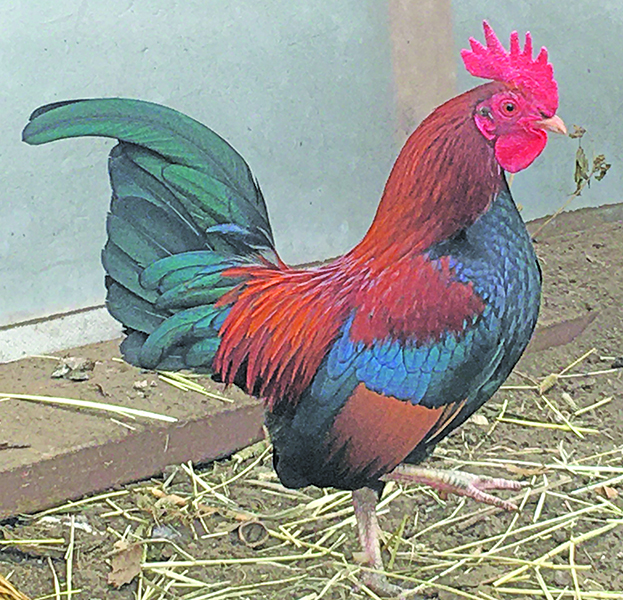Sales of energy drinks have skyrocketed over the past 6 years and if these product sales are an indication of need then there is a growing deficit of energy amongst its users. Between 1998 and 2003 the sale of energy drinks in the US increased by as much as 465%. By 2006, sales of energy drinks soared and generated at least 5 billion in sales. Two years later in 2008, sales of the new popular 2-3 ounce energy shots soared to $544 million.
So who is energy deprived?
Energy drinks are aggressively marketed towards teens, young adults and young males. A survey of energy drink consumption among college students revealed that the use of energy drinks is indeed a popular practice amongst these young adults. They potentially spend $2.3 billion dollars yearly. In 2007, Malinauskas et all, randomly surveyed 496 college students and found that at least %51 percent of surveyed participants consumed at least one energy drink, one to four days per month. Those students who consumed energy drinks combined with alcohol tended to drink 3 or more energy drinks per occasion while partying. According to this survey, use of energy drinks were commonly consumed by students for complaints of insufficient sleep, low energy levels and to drink with alcohol while partying.
Are they safe?
Energy drink consumption represents an evolving health risk behavior among college students. The recent surge in energy drink consumption among American students has alarmed public health professionals. The ingredients and lack of regulation in energy drinks is especially worrisome. The active ingredients found in most energy drinks includes, but is not limited to carbohydrates, taurine, glucuronolactone, guarana, ginseng, B vitamins, and caffeine.
Caffeine concentrations compared to other ingredients found in energy drinks are most concerning as they can vary depending on which energy drink you choose. Total caffeine content can range from 75 mg/8oz to as high as 505 mg/24 oz. McCusker, Goldberger, and Cone measured the concentration of caffeine in 10 energy drinks. The amount of caffeine in each drink varied, but, the concentration of caffeine was at least 3 times more than the average carbonated soda.
Concern regarding the caffeine content of energy drinks is prompted by the potential adverse consequences of caffeine use. Large doses of caffeine can cause a massive release of catecholamines (Any of a group of amines composed of a pyrocatechol molecule and the aliphatic portion of an amine that have important physiological effects as neurotransmitters and hormones, such as epinephrine, norepinephrine, and L-dopa). When catecholamines are released into the blood stream, a cascade of events takes place which subsequently can lead to symptoms such as sinus tachycardia, metabolic acidosis, hyperglycemia and ketosis.
The consumption of energy drinks may increase the risk for caffeine overdose in individuals who do not typically drink caffeinated beverages as well as in those who are habitual consumers of caffeine from coffee, soft drinks and tea. Caffeine intoxication usually includes symptoms of nervousness, anxiety, restlessness, insomnia, gastrointestinal upset, tremors, tachycardia, psychomotor agitation and in rare cases, death. Fatal caffeine overdose usually occurs at doses of 10-14 grams. At these levels, a fatal cardiac arrhythmia known as ventricular tachycardia leads to death.
The ingestion of energy drinks in combination with alcohol is becoming increasingly popular. When mixing energy drinks and alcohol, users may not feel the symptoms of alcohol intoxication. The combination of alcohol and energy drinks can potentially lead to alcohol-related injuries and high risk behavior. Combining the stimulant effect of caffeine with the depressant effect of alcohol may lead drinkers to underestimate their level of intoxication, which could potentially lead to lethal consequences.
The FDA continues to investigate adverse event reports allegedly related to energy drinks. Since 2004 adverse events such as death, seizures, coma, depression, headache, tremors, sleep disorder, anxiety, hallucinations, spontaneous abortion, heart attack, fear, visual impairment, abdominal pain, vomiting, shock, and chest pain, to name a few, have been reported. It is important for college students to recognize the amounts of caffeine that are present in the wide variety of caffeine containing products that they are consuming, the amount of caffeine that they are consuming in various situations and the physical side effects associated with consumption of energy drinks.
Instead of reaching for an energy drink or energy shot next time you need a pick-me-up, take a look at what’s behind that tiredness. It could be your body telling you to change something, whether it’s your diet, your exercise, your sleep or your stress level. Energy drinks may be a quick fix, but are not the answer to fatigue. If you want to boost your energy levels naturally follow a proper diet, make sure you keep yourself well hydrated and get plenty of rest. Try consuming appropriate amount of nutrients from natural food sources. Avoid large amounts of sugar and fat and never skip meals, especially breakfast. Exercise regularly and get enough sleep. Plenty of rest allows the body to recover and rebuild, giving you the energy you need to get through your day.










